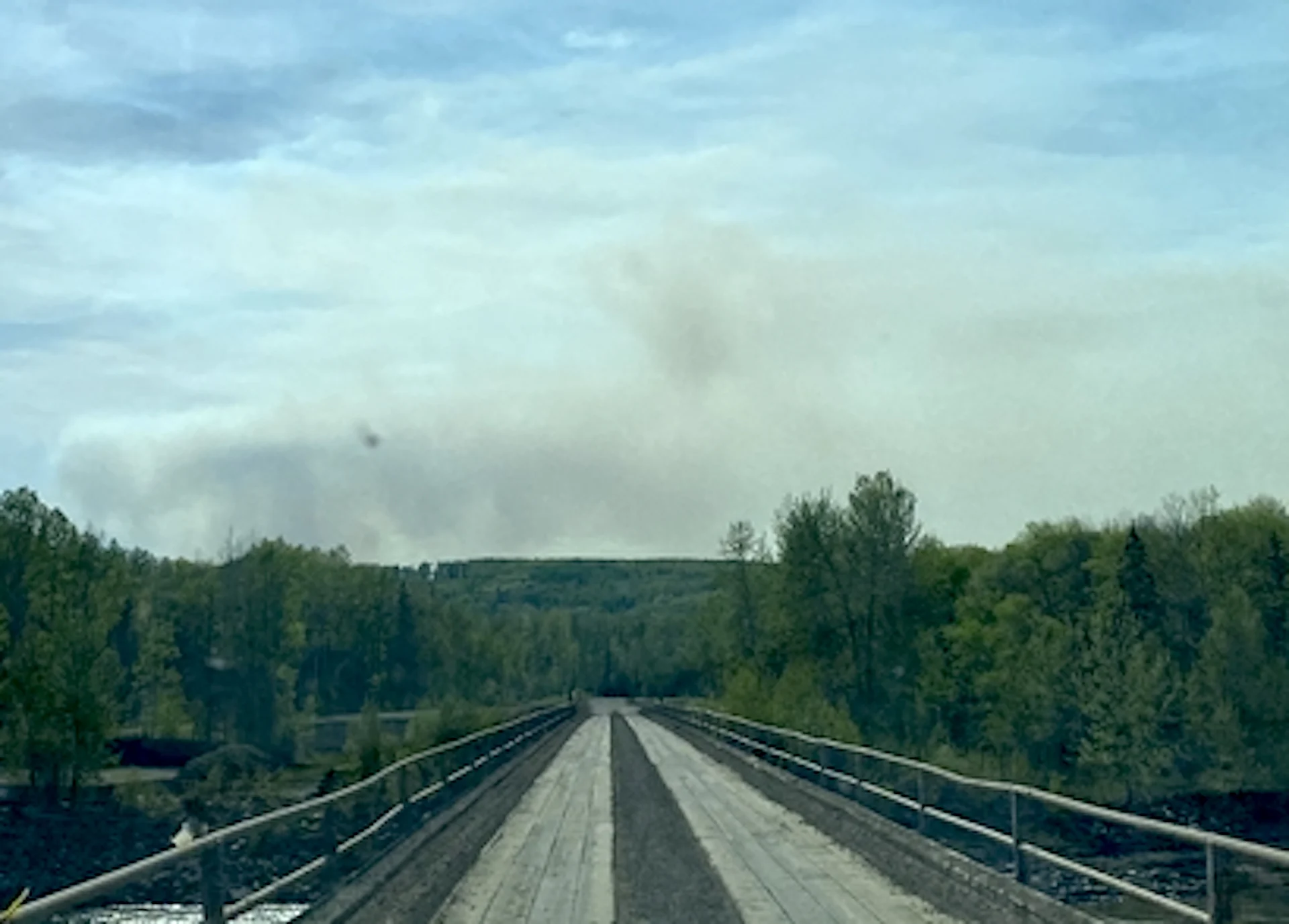
Wildfire situation will worsen in Alberta as the heat amplifies
A potent, upper-level ridge of high pressure that has developed over Western Canada is creating a volatile situation in Alberta with the extreme heat settling in.
The end result is a prolonged stretch of very dry and unseasonably hot temperatures, which are contributing to an increase in wildfires and a drop in air quality.
Visit The Weather Network's wildfire hub to keep up with the latest on the active start to wildfire season across Western Canada.
While showers last week helped crews get ahead on the fires burning across Alberta, the relief proved short-lived, unfortunately. Conditions will make a bad situation even worse through this week as the heat locks in over Western Canada.
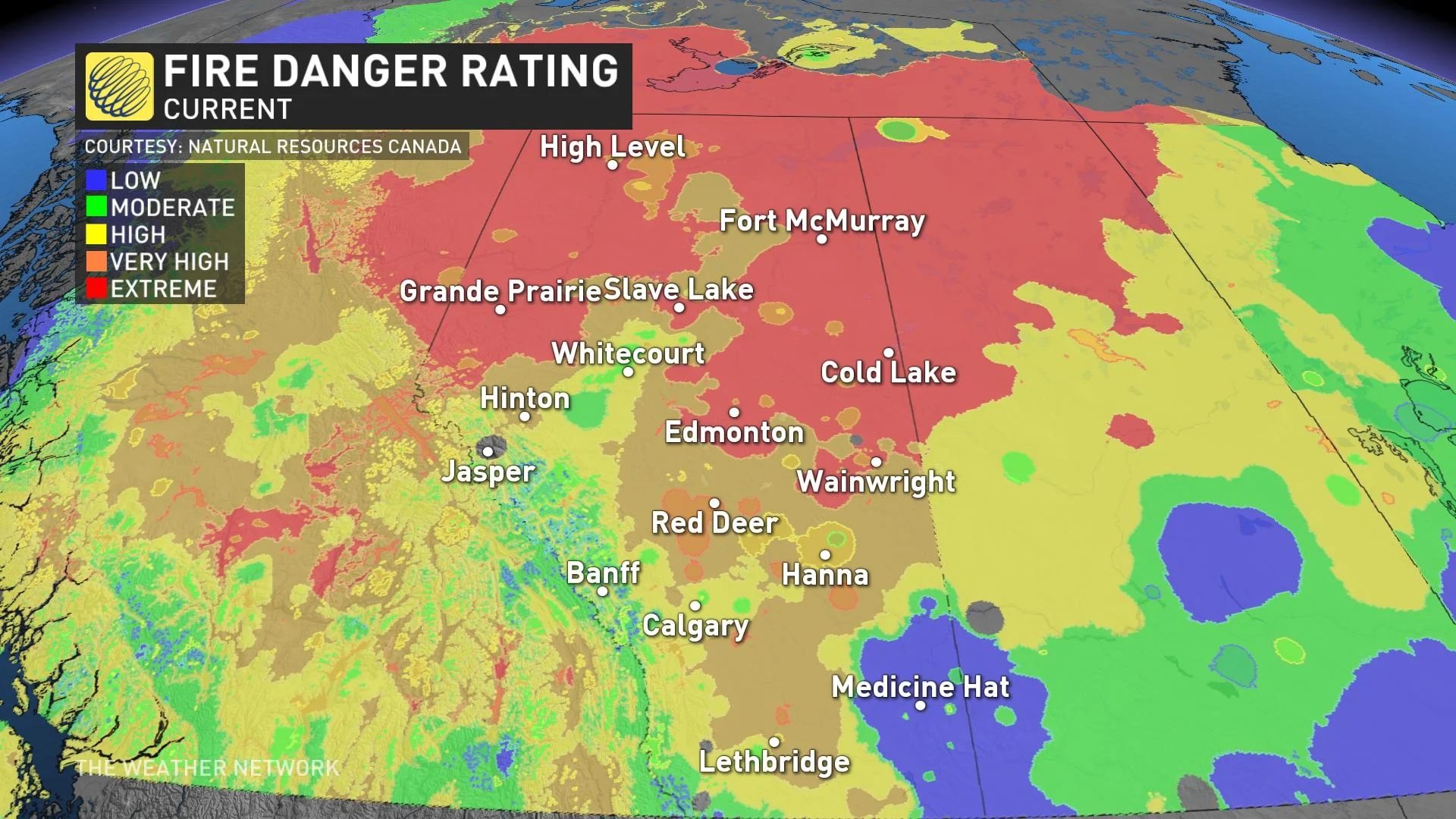
Residents should prepare now by reviewing emergency preparedness and evacuation plans in the event of nearby fires in the days ahead.
Extended period of summer-like warmth ahead
An unusually warm and dry start to the year placed the province in a dangerous position heading into wildfire season, and a recent spate of summer-like heat fostered the development of several major fires.
Alberta Wildfire has documented more than 450 blazes throughout the province so far this year. There are 87 active fires burning as of Sunday morning. The vast majority of those fires started within the past couple of weeks, and officials attributed nearly half of them to human activities.
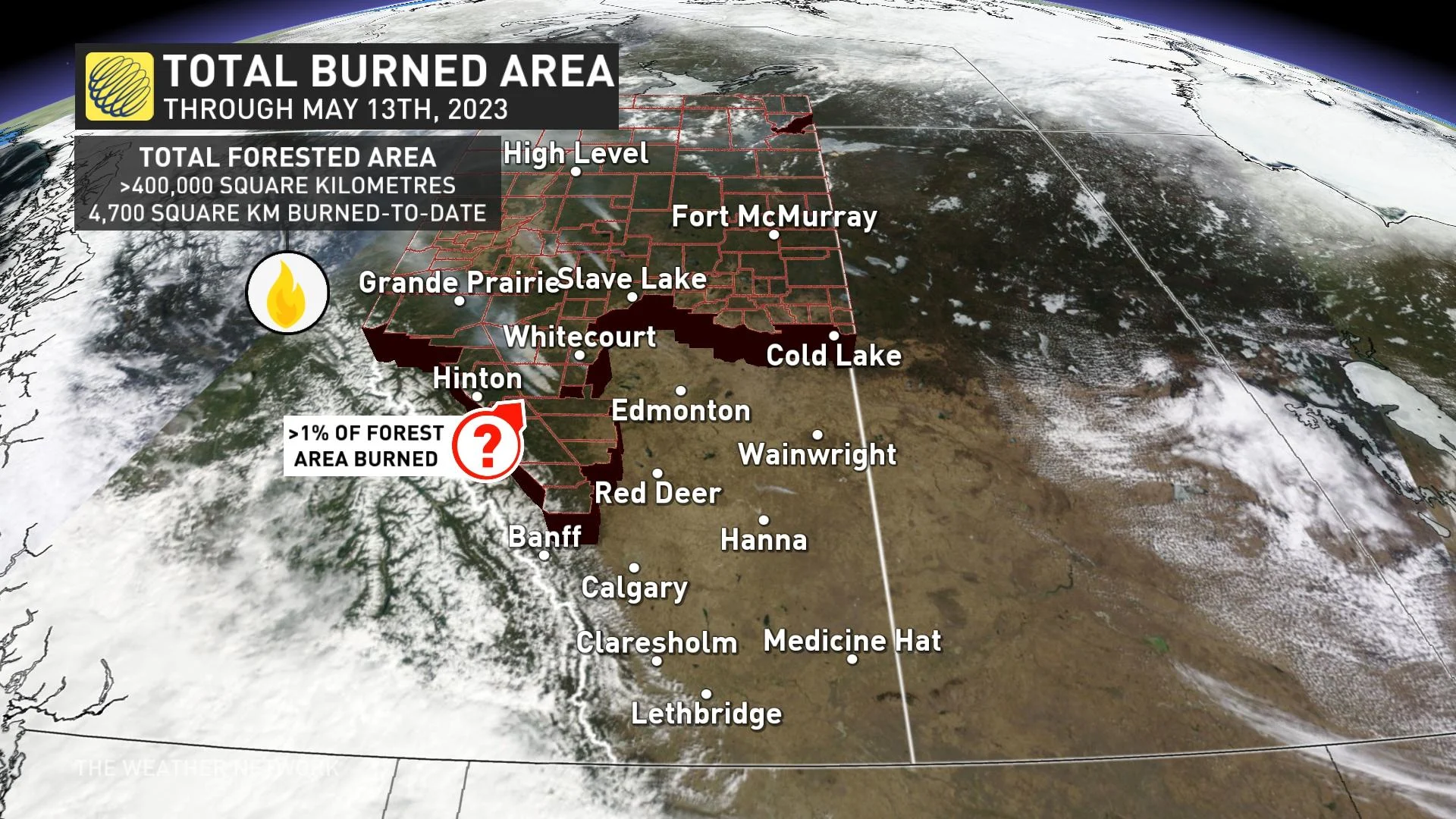
What's particularly concerning is the amount of Alberta's total forests that have been burned in May alone, with more than one per cent of them lost as a result of the wildfires. To put it into perspective, the total size of Alberta's forests is more than 400,000 square kilometres.
Stretching into this week, daytime high temperatures will soar into the upper 20s across Alberta, with many communities facing opportunities to climb into the low-to-mid 30s, especially in northern Alberta. These temperatures are 10-15+ degrees above average for the middle of May, likely threatening records in some areas.

WATCH: Wildfires continue to heat up northwest Alberta
RELATED: Residents urged to evacuate as wildfires continue to rage in northeast B.C.
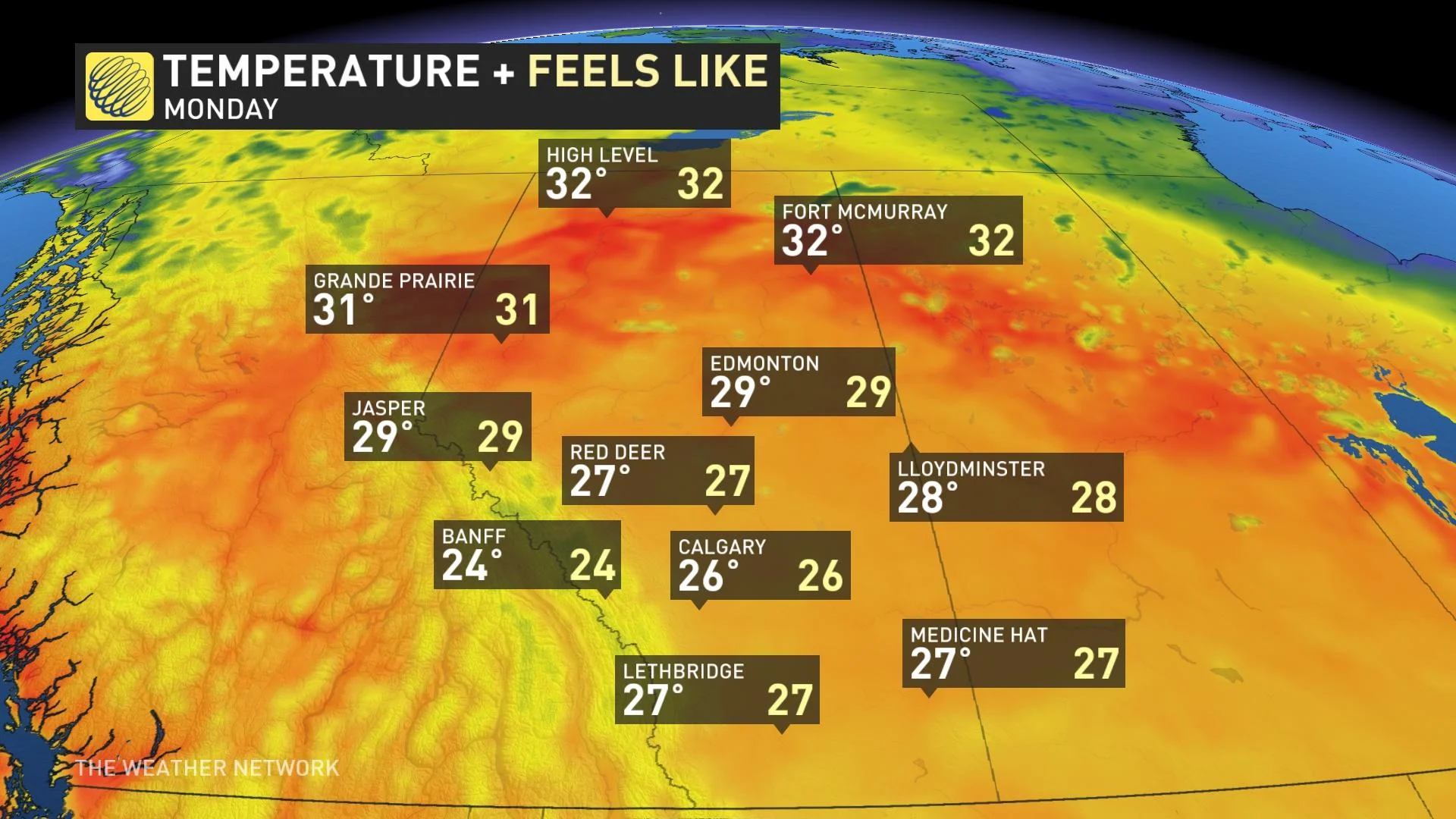
The heat will be accompanied by very low humidity. The combination of high temperatures and low moisture will foster a considerable fire danger throughout the region.
Day after day of sunny, dry, and unseasonably hot conditions will allow for an extreme fire danger to overspread much of Alberta by this week, even spreading into neighbouring sections of western Saskatchewan, northeastern British Columbia, and the Northwest Territories.
WATCH: Why wildfires are growing at a rapid rate this spring in Alberta
Destructive wildfire season shows no signs of relenting
While May is the traditional peak of wildfire season in Alberta, the sheer scope of the wildfires across the province this year is unprecedented.
This year’s fires have collectively consumed more than half a million hectares of land through May 13, which is more than seven-and-a-half times the total land burned by wildfires through this point in the year over the past five seasons combined.
It puts this season on track to become the province's worst in terms of area burned.
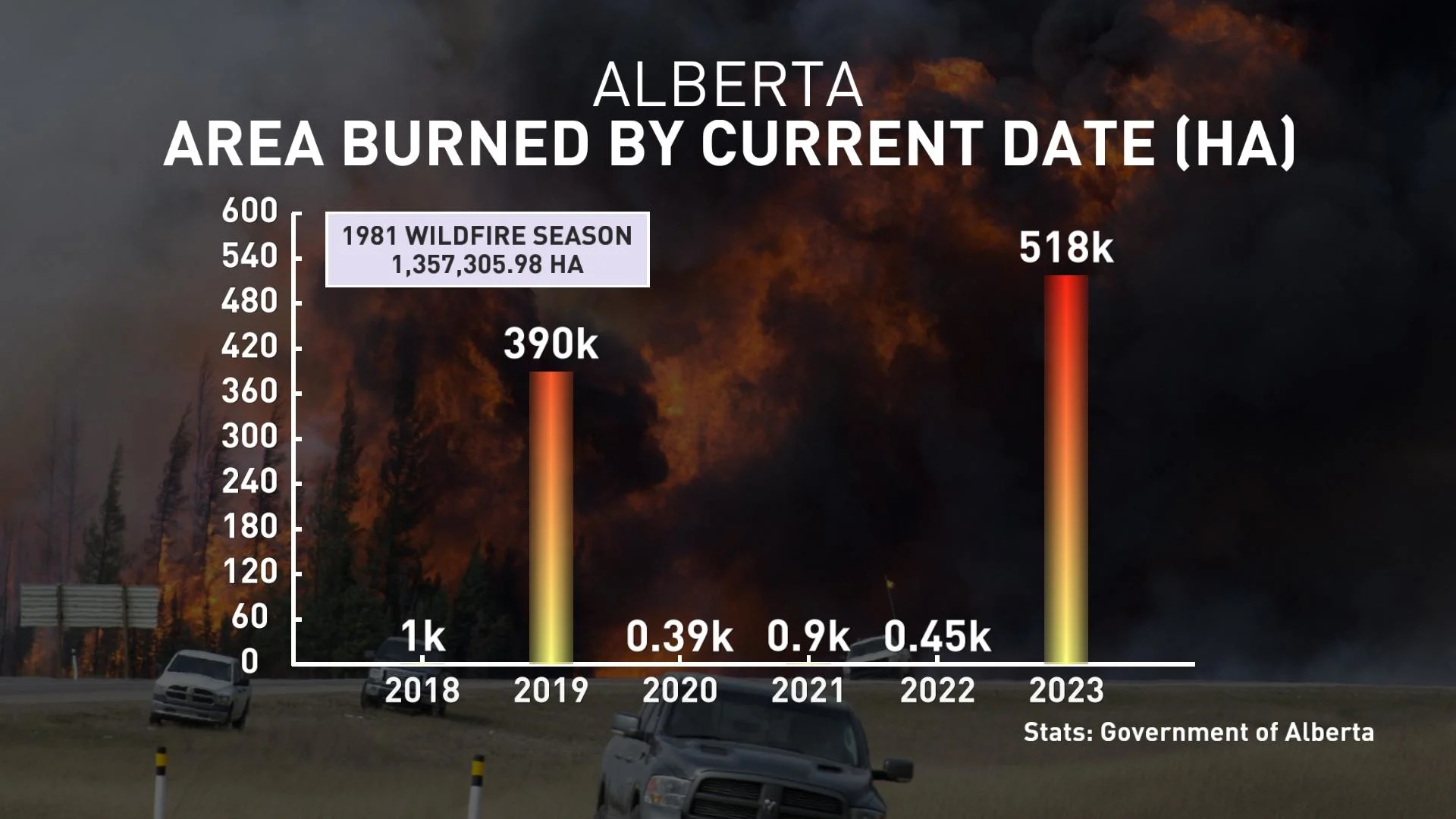
Tens of thousands of Albertans have been forced from their homes this month as crews rushed to contain out-of-control wildfires as they threatened communities.
Some homes and structures have been damaged by the blazes so far, with significant infrastructure damage reported in the Sturgeon Lake Cree First Nation.
Heat, wildfire smoke poses health risk
There are heat warnings and special air quality statements in parts of the province as a result of the temperatures and wildfire smoke.
Air quality and visibility due to wildfire smoke can fluctuate over short distances and can vary considerably from hour to hour.
Wildfire smoke can be harmful to everyone’s health even at low concentrations. Continue to take actions to protect your health and reduce exposure to smoke.
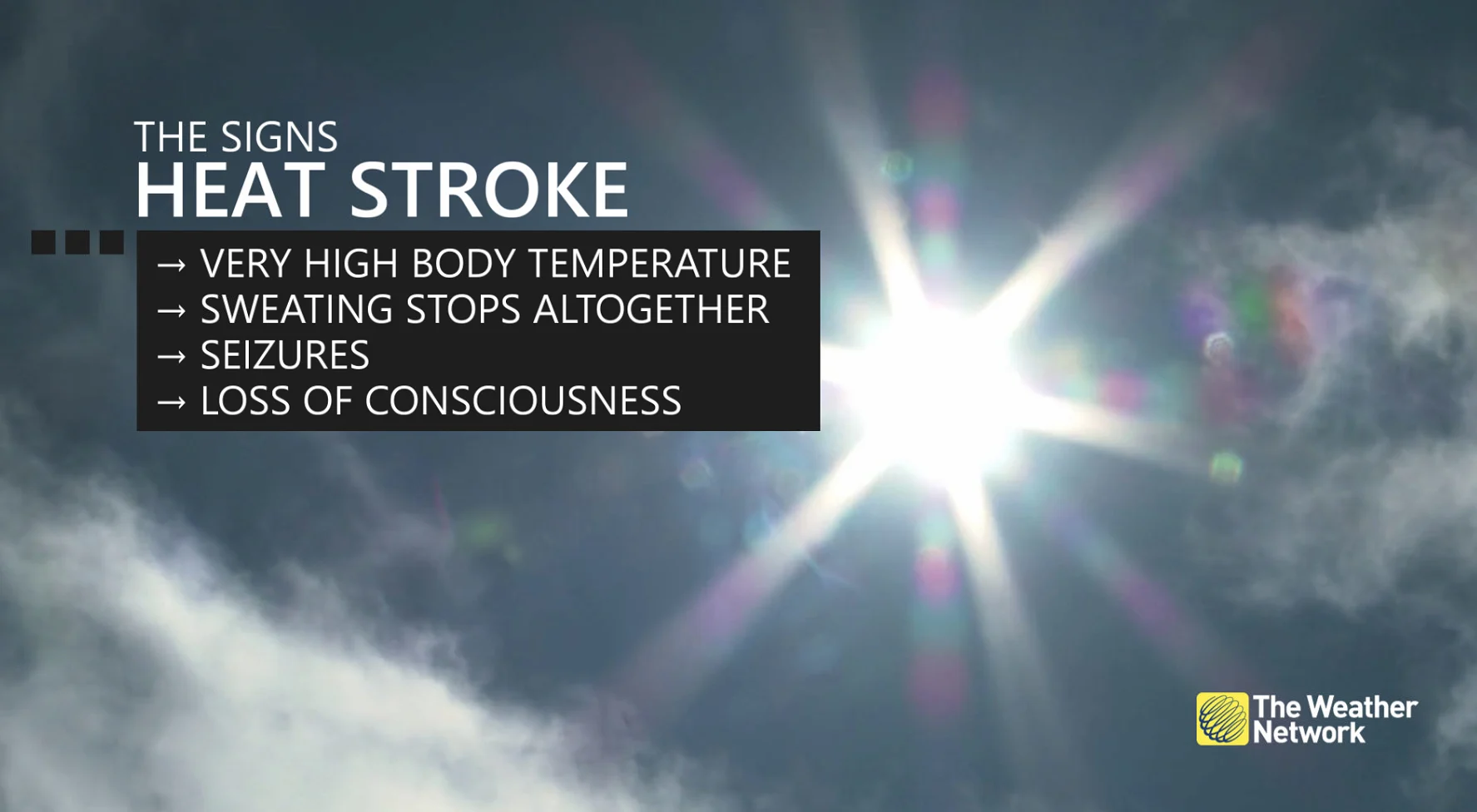
People in the warned regions are advised to take the following precautions to protect themselves, their families and their neighbours:
Consider rescheduling outdoor activities to cooler hours of the day.
Take frequent breaks from the heat, spending time in cooled indoor spaces where possible.
Drink plenty of water and other non-alcoholic, non-caffeinated beverages to stay hydrated.
Check for your children or pets before you exit your vehicle. Do not leave any person or pet inside a closed vehicle, for any length of time
Thumbnail image courtesy of Lindsey Kirouac, taken in Grovedale, Alta.
This article contains files from CBC News.






